Breda, Netherlands
GreenQuays-Urban River Regeneration through Nature Inclusive Quays
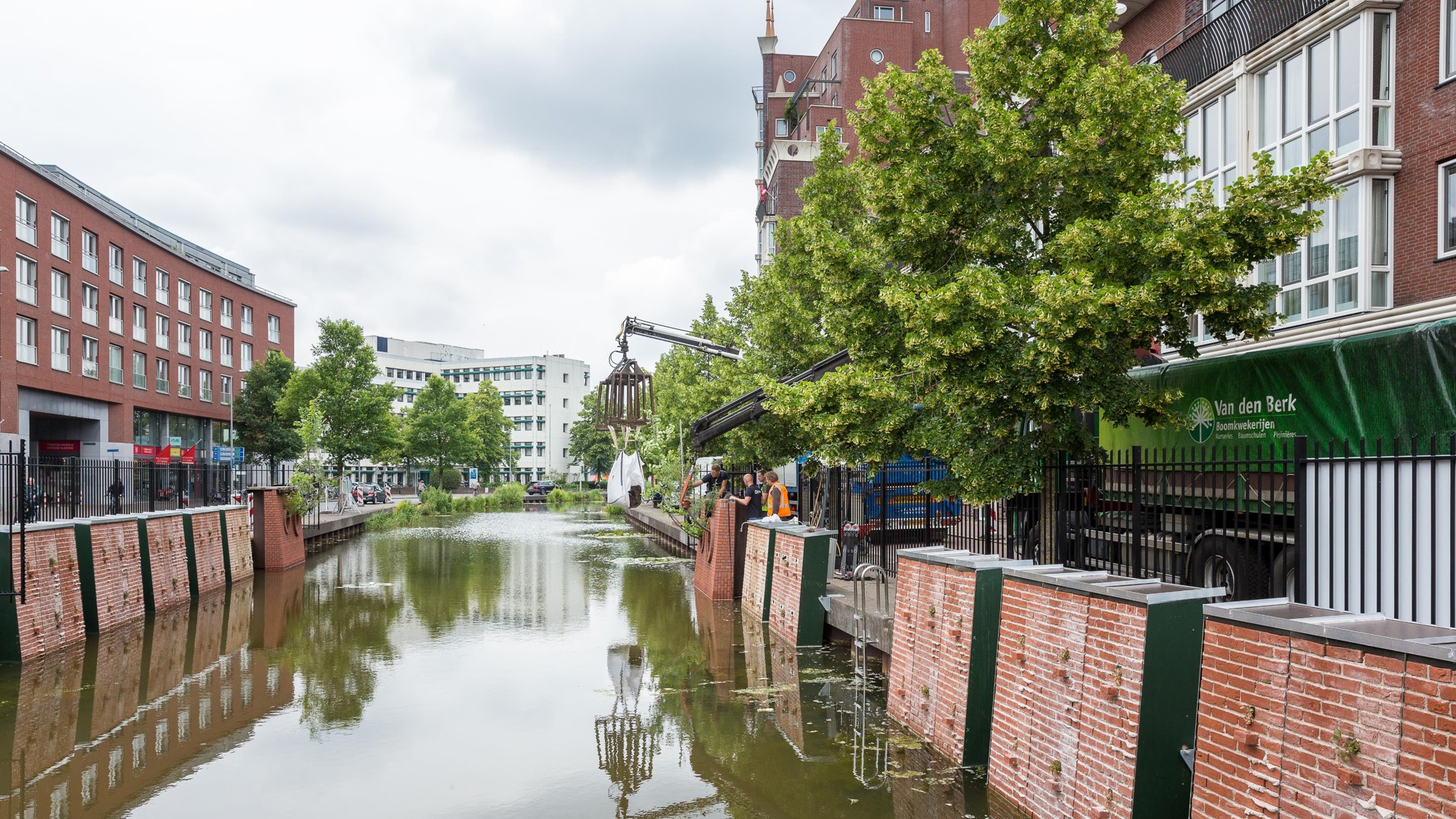
Basic City Data Population size: 184271 Population Growth Rate (%): 0.20 Surface Area (sq.km): 128.68 Population Density (people/sq.km): 1464 GDP Per Capita (U.S.$): 32090 GINI Index: 0.29 Main Source of Prosperity (e.g. industry, trade, tourism, creative industry, etc.):
Breda is a municipality in the Netherlands with 185,000 inhabitants. As in many cities and towns, Breda houses rivers and creeks, often constrained in concrete, deep walls and lacking green areas. Breda’s initiative ‘GreenQuays’ addresses current challenges, such as unsustainable urbanization, degradation of urban ecosystems, and lack of resilience to climate change.
Breda is planning nature inclusive green quays linked to public green spaces as part of a bigger scheme targeting the urban restoration of the river Mark. This initiative is centred on an innovative Nature Inclusive Quay (NIQ) technology that is specifically designed to support the development of a complex vertical ecosystem, providing favourable conditions for flora and fauna.
Newly developed materials (type of brick stone) and innovative technical implementation approach (including different quay angles, protruding bricks, backspace, platform for riparian plants, shelters for macro fauna, specific rainwater runoffs) shall replace traditional concrete walls and extend below the parallel walkway or street, allowing trees and bushes to grow their roots and local flora and fauna to prosper.
Thus, Green Quays will test a complex set of transferable and innovative solutions for renaturing urban rivers in dense downtown areas, where there is insufficient space for developing natural riverbanks. This technical solution is supported by social innovation, through applying an intensive participatory co-design process, targeting the engagement of external stakeholders and citizens.
The TC recommends this initiative for several reasons: 1. Combination of technical innovation and new planning approaches – the City together with a local university have developed a new building material which is applicable in underused city spaces. 2. Positive impacts for ecosystems and citizens – everybody walking and cycling along can enjoy additional green space while ecosystems can develop. 3. Easy to extend and replicate – many cities and towns manage small rivers, canals and creeks, they can easily and affordably take up this initiative and scale it up. 4. Wider approach to new mobility solutions – the initiative not only improves the zone along streaming water, it also includes the redesign of streets (smaller), crossing (safer) and enlarges public space for walking and cycling. 5. Broad partnership – 2 universities, small companies and civil society are providing input and solutions and thus the process engages the municipality far beyond the river.
The quays initiative contributes particularly to SDG 6 (water), 11 (cities), 13 (climate) and 15 (life on land).
-
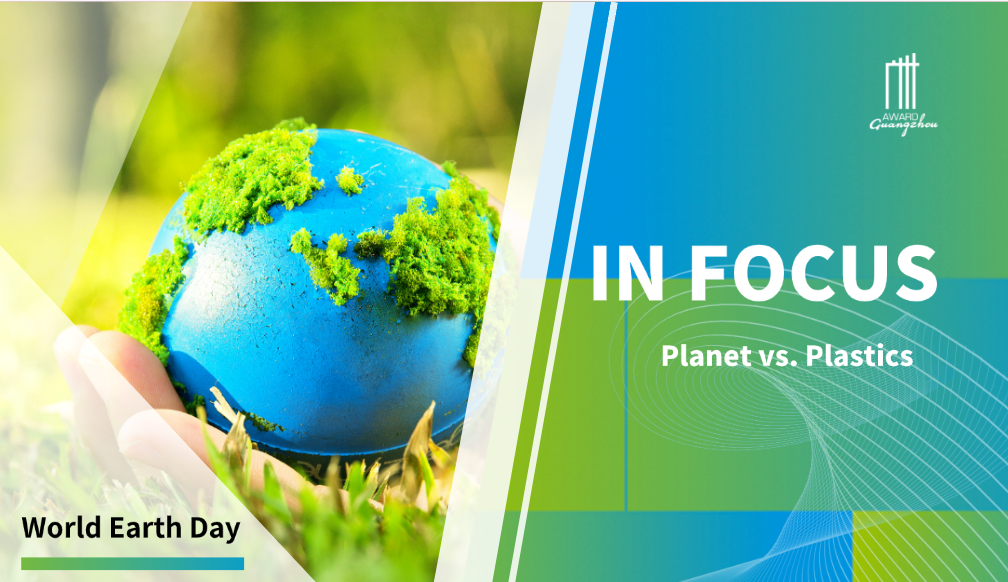 In Focus | The World Earth Day: Planet vs. Plastics
In Focus | The World Earth Day: Planet vs. Plastics -
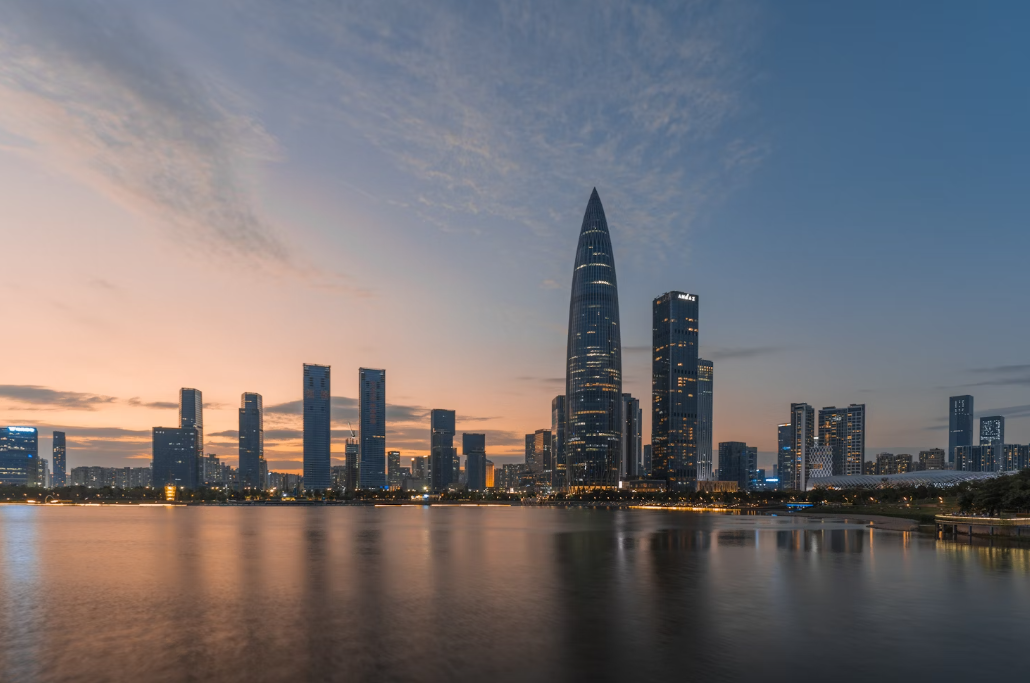 Urban Innovation in China | Shenzhen: How to Maintain Momentum to Achieve Carbon Peak by 2030 While Leading Green and Low-Carbon Development?
Urban Innovation in China | Shenzhen: How to Maintain Momentum to Achieve Carbon Peak by 2030 While Leading Green and Low-Carbon Development? -
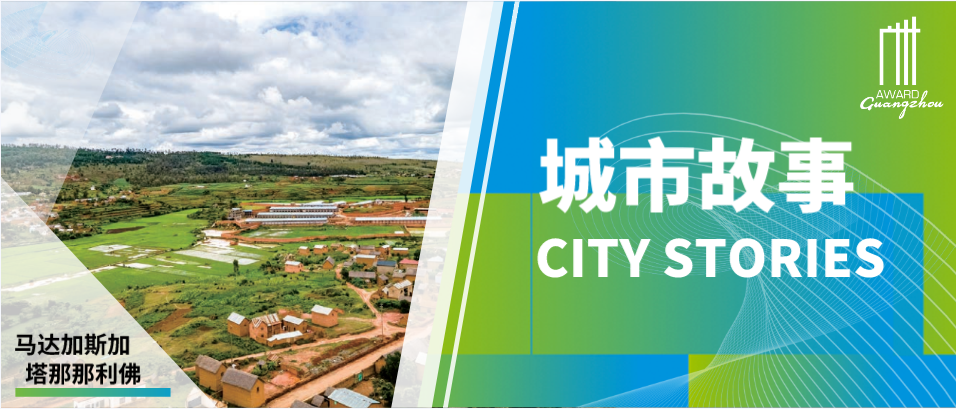 City Stories | Antananarivo, Madagascar: Building Resilience in the City Food System
City Stories | Antananarivo, Madagascar: Building Resilience in the City Food System -
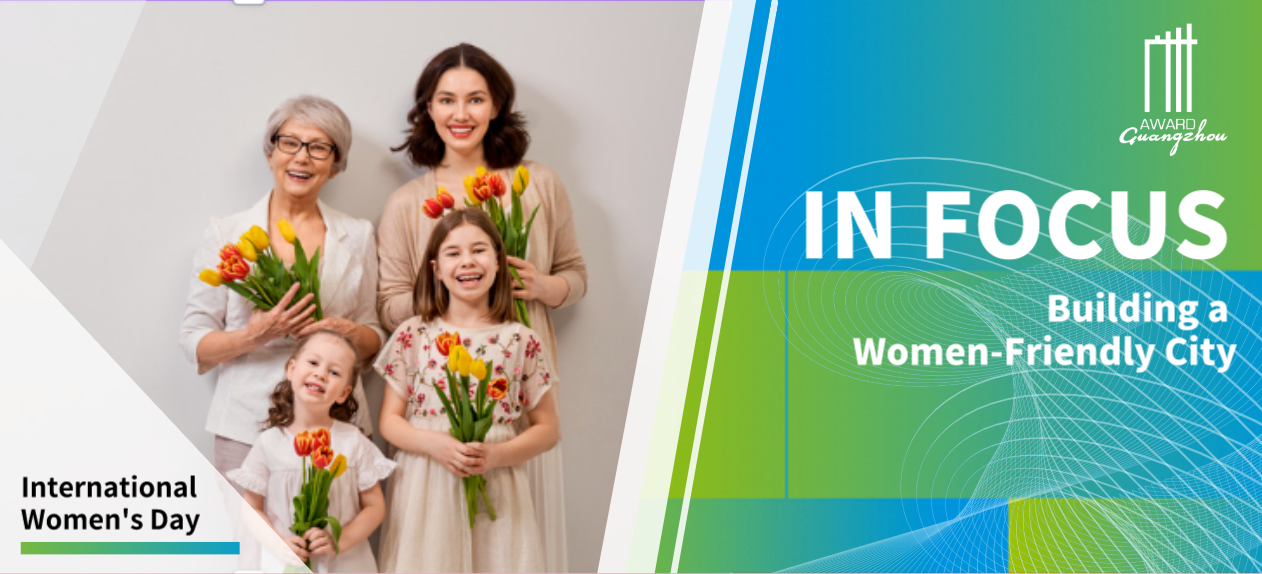 In Focus | International Women’s Day: Building a Women-Friendly City
In Focus | International Women’s Day: Building a Women-Friendly City























 Tel: +86 20 3780 4434
Tel: +86 20 3780 4434 Email: info@guangzhouaward.org
Email: info@guangzhouaward.org Address: Rm 1609, FuLiXinTianDi, No.307 Guangzhou Dadao Zhong, Yuexiu District, Guangzhou, Guangdong, 501600, PRC
Address: Rm 1609, FuLiXinTianDi, No.307 Guangzhou Dadao Zhong, Yuexiu District, Guangzhou, Guangdong, 501600, PRC




